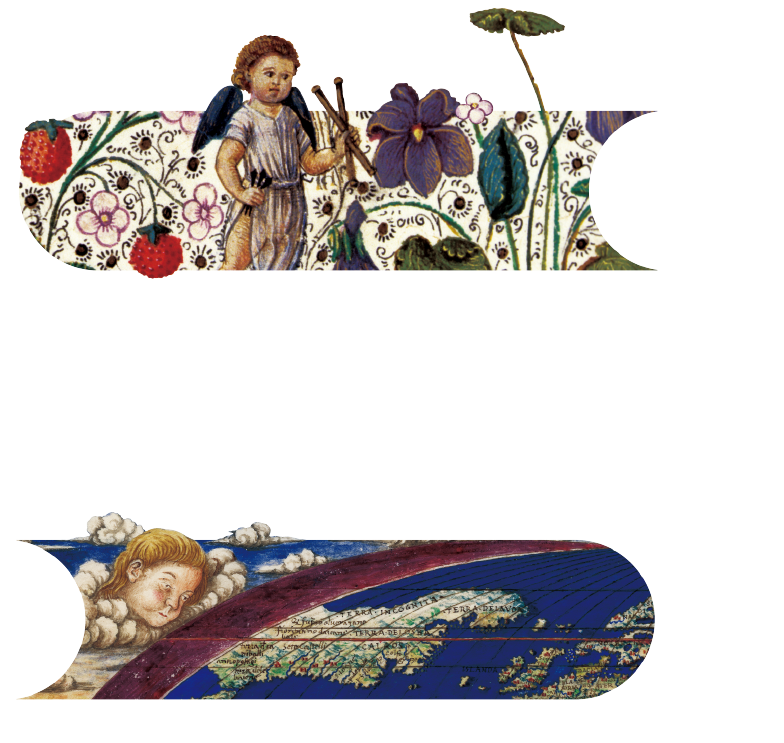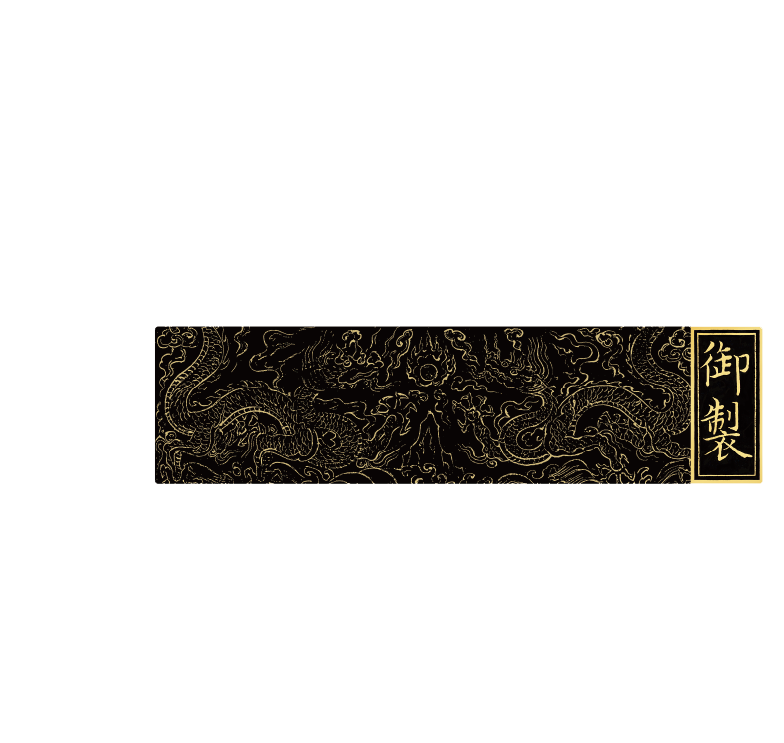Introduction
The Bibliotheca Apostolica Vaticana is the library of the popes. Inaugurated in the mid-15th century, it was conceived as an institution "for the common convenience of learned men (pro communi doctorum vivorum commodo)," one "of all manuscripts in both Latin and Greek that is worthy of the dignity of the Pope and the Apostolic See (liborum omnium tum latinorum tum grecorum bibliotecam condecentem pontificis et sedis apostolicae dignitati)." Today, it is arguably one of the largest and most important research libraries in the world. Known for its collections of manuscripts and early printed books, the Bibliotheca's holdings encompass, apart from theological and religious works, a wide array of disciplines, from literature, history and art to law, philosophy and sciences. It is recognized as the "Attic of Civilization" and "Memory of Mankind."
The development of China's imperial libraries of the Ming and Qing dynasties, remarkable for the wealth of their collections, were contemporaneous with that of the Bibliotheca Apostolica Vaticana. Surpassing all of its predecessors in size of holdings, the Ming court library incorporated the imperial collections of books from the Song and succeeding dynasties, enriched with lost titles acquired by imperial agents dispatched across the land as well as works produced and printed by official organs. The Qing court, inheriting the legacy, continued to expand the scope of the collection on a comprehensive scale. Further boosted by the cultural enterprises of the High Qing and augmented by the output of an active imperial printing bureau, the book collections housed at the palaces and pavilions in the Forbidden City became increasingly richer, thus ushering in an unprecedented period of great prosperity in the annals of China's imperial libraries.
The organization of the dual exhibitions of Treasures from the Bibliotheca Apostolica Vaticana and Rare Books from the Ming and Qing Imperial Libraries marks the first presentation at the National Palaced Museum of invaluable Western and Chinese antiquarian texts in their respective historical and cultural context. It is intended to help the audiences garner an in-depth understanding of the differences and similarities in the kind of book culture nourished by the Roman Curia and the Chinese imperial courts. The Treasures from the Bibliotheca Apostolica Vaticana is chronologically arranged, and, with an overview of the titles and artifacts that entered the collections in various phases, the viewers are introduced to the history of the Bibliotheca from its founding to the present day. The complementary Rare Books from the Ming and Qing Imperial Libraries, on the other hand, highlights a selection of the finest works collected, compiled and printed by the imperial courts of the two dynsties, through which an account of the development of the Ming and Qing imperial libraries as well as their holdings and characteristics is delivered.




